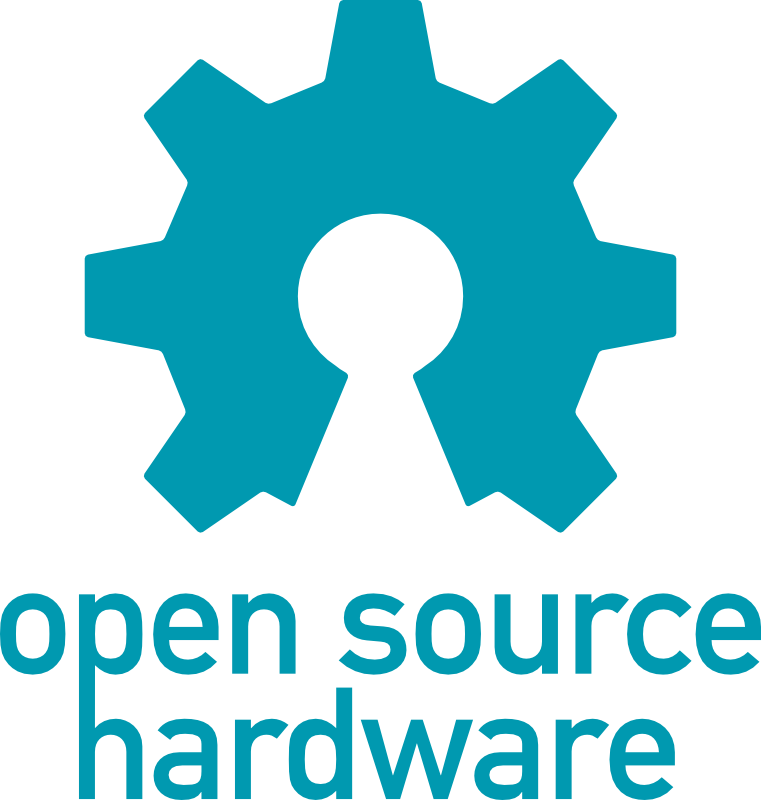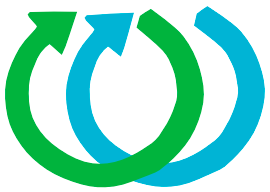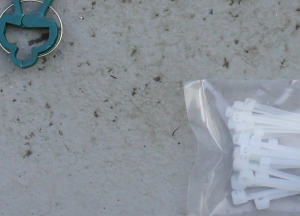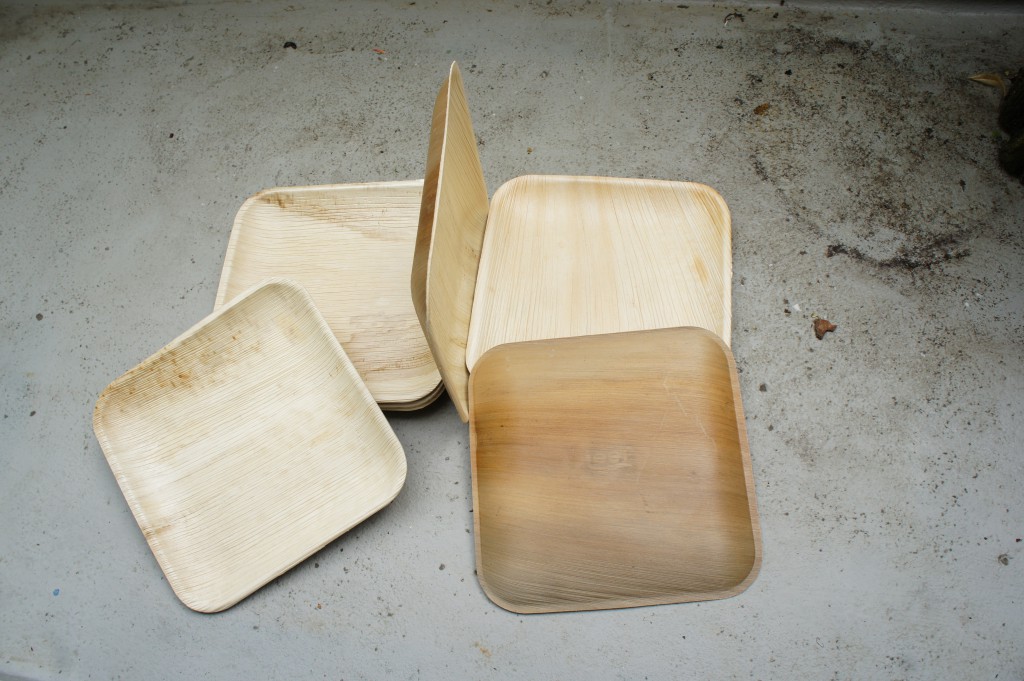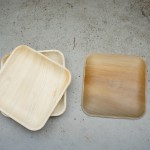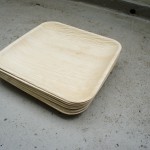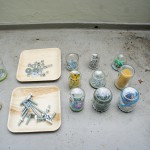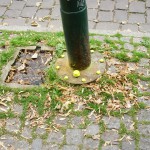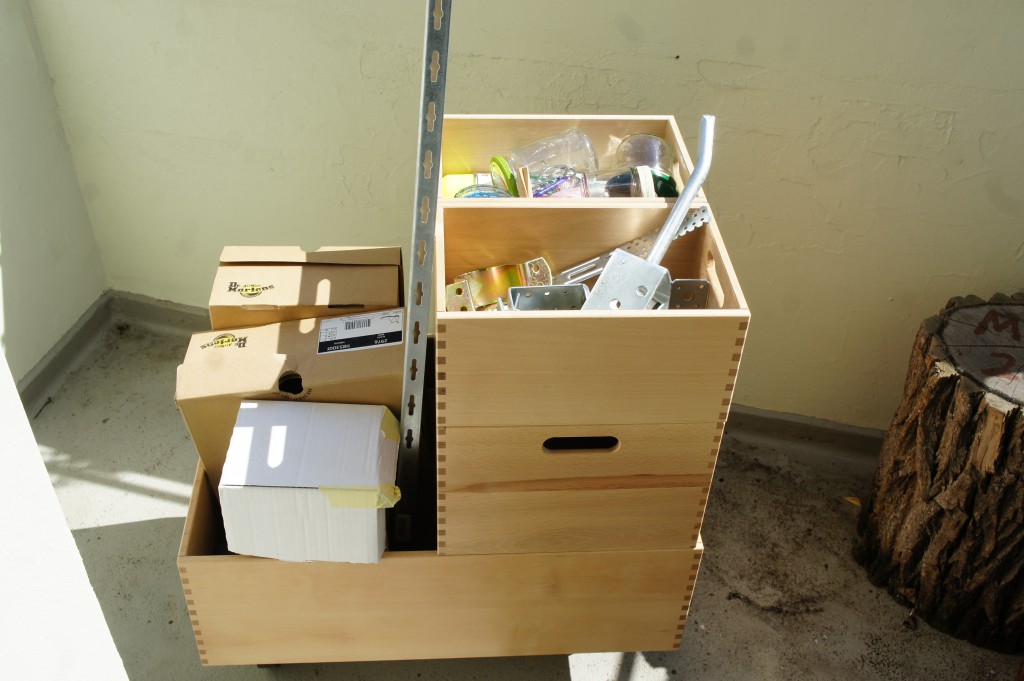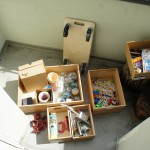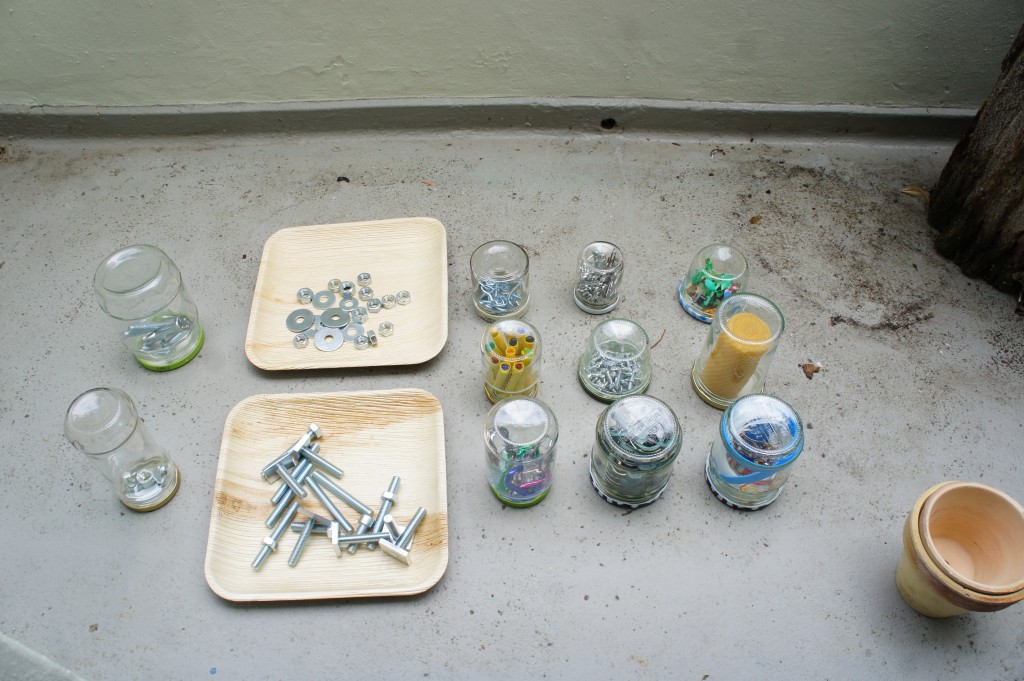The Toolbox
Last Update September 2015
EN: This is a documentation of the toolbox used for the hacking.
DE: Dokumentation der Toolbox (Werkzeug- und Teilkiste) die fürs Hacken genutzt wird.
Principles
Open Source
EN: The Toolbox trys to follow wherever possible the Open-Source-Hardware definition. So i try to make the box and its content “… publicly available so that anyone can study, modify, distribute, make, and sell the …” the box. And i try to use wherever possible “…readily-available components and materials, standard processes, open infrastructure, unrestricted content, and open-source design tools to maximize the ability of individuals to make and use …” the box.
EN: And i also try to use in the box wherever possible things, that fit into the definition or idea of a Circular Economy. So i try to use stuff that is either a “biological nutrient, designed to reenter the biosphere safely” or a “technical nutrient, designed to circulate at high quality without entering the biosphere.” I try to use parts that are “easy to repair, reuse, refurbish and recycle”!
I am a newbie to this field. But when i am lucky, the box ends up to be a good example and study for circular product design principles and tools. At least this is what i hope to achieve. You can help me to develop this further. Join the discussion about it here in the OSCEdays forum.
CONTENT: Pieces, Parts & Items
.
Hardware Store 1
Open Structures inspired parts 1
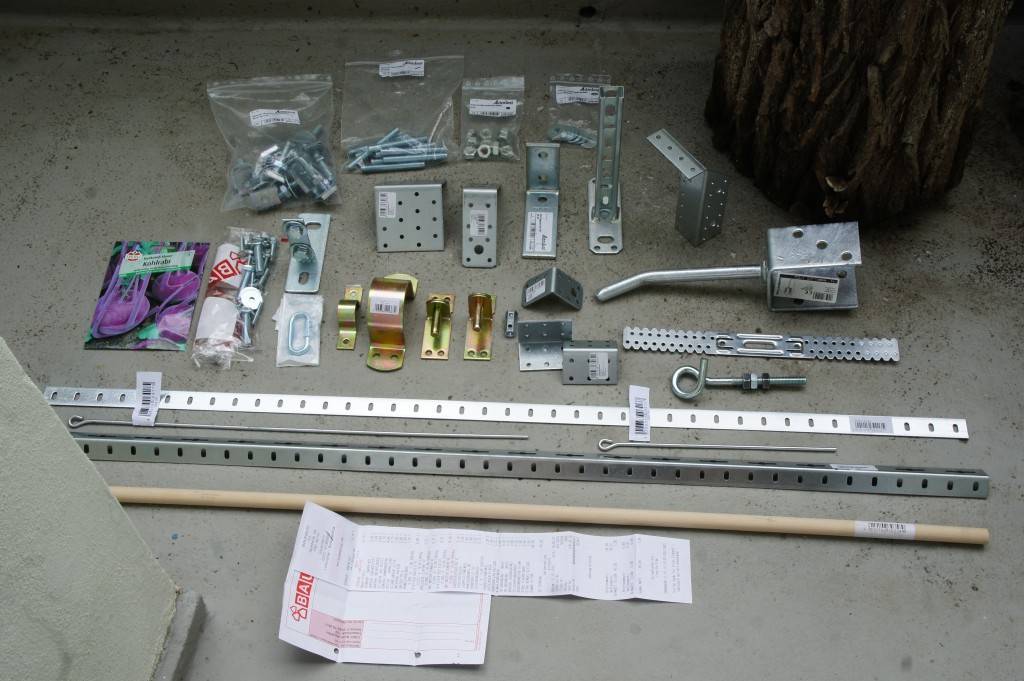
EN: I went shopping to the Baumarkt (Hardware Store) in Berlin at Hermannplatz (Bauhaus), pretty inspiring. And i bought a family of parts that mostly follow the logic of modular systems like meccano or open structures. Click on the image for details (the resolution is high enough to read the receipt with the name of most of the parts.)
DE: Ich war einkaufen im Bauhaus-Baumarkt am Herrmannplatz Berlin und habe überwiegend Teile mitgebracht, die modular sind (Meccanno oder Open Structures inspiriert). Auf das Bild klicken zum Vergrößern und auch Kassenzettel lesen.
Toys 1: Heros
Open Structures inspired parts 2
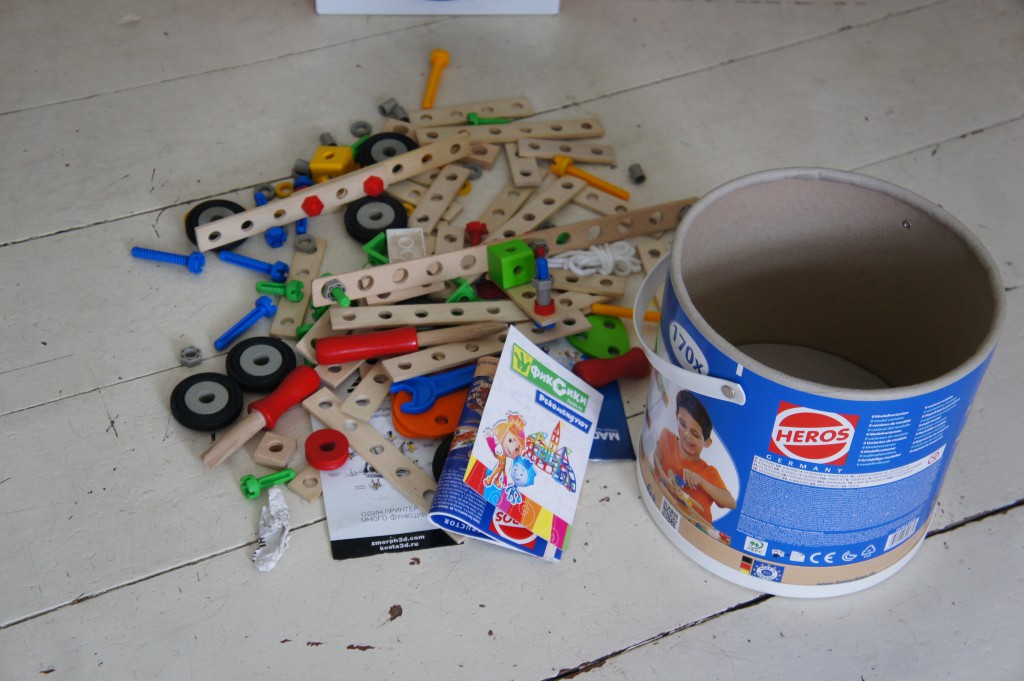
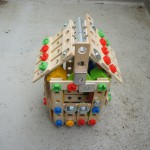
EN: I am inspired by wooden “Meccano”. Heros is a brand offering it. I like the haptic and the look, especially for this project. I own already some and plan to buy a lot more for the box. It is easy to get in many online-strores (at least in europe).
DE: Ich mag Meccano aus Holz, wegen seiner Habtic und dem Aussehen, gerade für dieses Projekt. Produziert und vertrieben unter der Marke “Heros” kann man das online überall kaufen (zumindest in Europa).
| Comment / Einschub: MATCHING PARTS
EN: Some of the stuff from the hardware store (Bauhaus) works well with Heros, others not (upper left side). A lot of the time the screwholes don’t fit each other. An example that an open standard for this kind of things has a lot of potential and is missing. It is time, that the founders of the Open Structures project really scale up their project or someone does it after creating a fork of it. 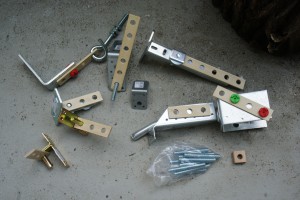 DE: Einiges aus dem Bauhaus-Markt passt wenigstens teilweise gut zusammen mit Heros, anderes nicht so gut. Dann verpassen die Schraublöcher einander. Ein offener Standard fehlt und hätte enorm viel Potential. Zeit, dass die Open-Structures-Gründer ihr Projekt auf eine neue Stufe bringen, oder jemand das Projekt forkt und das an ihrer statt tut. |
Toys 2: Construction & Lego
Open Structures inspired parts 3
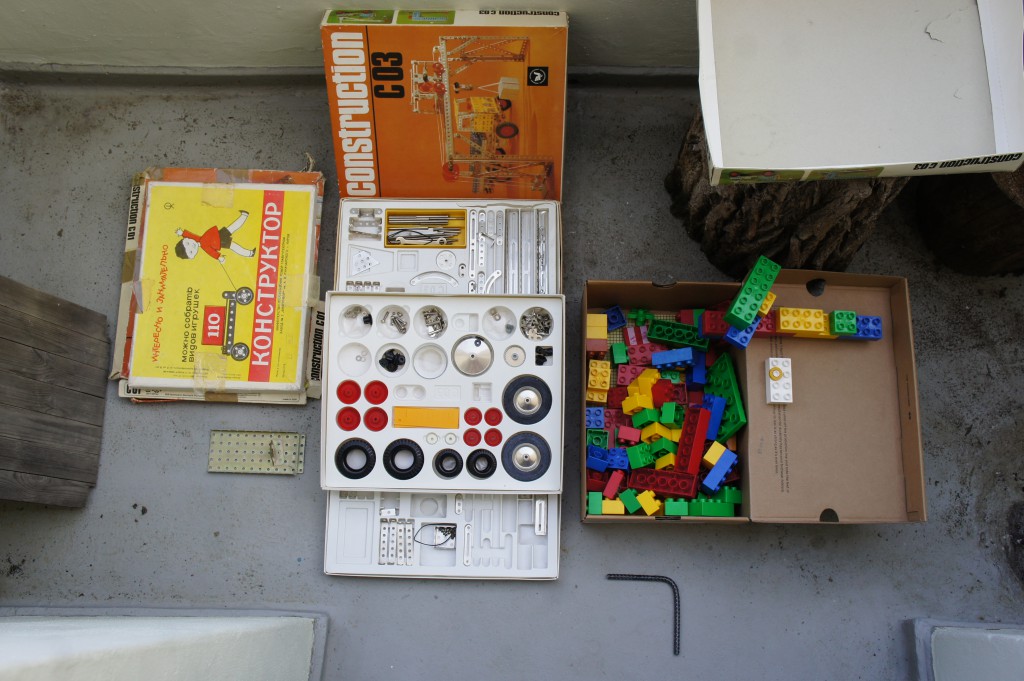
EN: I have quite some of “Construction” boxes (GDR Meccano), also some old russian parts like this (btw. construction and the russian parts don’t fit each other). Some is added to the box. Same with Lego (large version). The part on the bottom right comes from a construction side, it rusts quickly and is probably meant to be thrown into fluid concrete to stablize buildings.
DE: Ich habe einige “Construction”-Kästen (DDR-Meccano), auch ein paar Teile aus alten russischen Kästen (nebenbei: Construction und die russischen Teile passen nicht zusammen). Einige der Kleinteile sind in der Box. Auch etwas Lego (große Version). Das Teil unten rechts ist aus Stahl, rostet schnell und kommt von einer Baustelle – es ist wahrscheinlich zum Einlassen in Beton zur Stabilisierung von Gebäuden.
Fasteners 1 / Befestiger 1
How to connect stuff following the principles of circular economy (e.g. easy to dismantle) and open source (e.g. accessibility)?
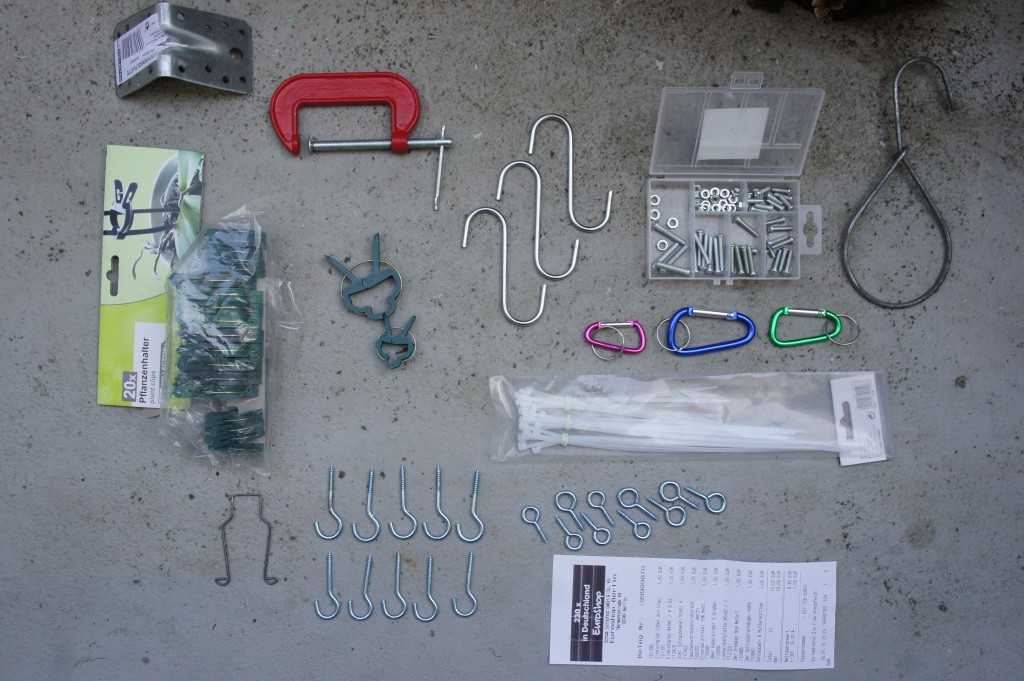
EN: I got pretty standard stuff right now. Click on the image to see details (and read the receipt).
DE: Im Moment enthält der Kasten lauter Standardlösungen. Auf das Bild klicken um Details zu sehen (und zu lesen auf dem Kassenzettel.)
|
Comment / Einschub: Plastics? / Kunststoff? EN: Some of this fasteners need to be discussed in the context of circular economy: The cramps and the cable ties make both use of plastics! For both i can not think of an alternative to plastic right now. Biodegradable plastic does not make sense here – especially not for the cable ties. But as far as i know, most plastic looses some quality with recycling? So permanent recycled plastic is only available at reduced quality. But are the qualities that get lost the ones necessary to make cable ties and cramps work? Could constantly recycled plastic do the job here? I think, it is possible to make plastics from organic material/plants (most plastic today is made from oil – a non renewable resource) and to make it in a way, that id does not compost but can be burned. This solution will probably not work on large scale, because the plants have to grow somewhere and those fields would compete with fields for food. But on a small scale, at least for the cable ties…? DE: Die Kabelbinder und die Klammern verwenden Kunststoff. Wie kreislauffähig ist der? Gibt es kreislauffähige Kunststoffvarianten, die an diesen Stellen eingesetzt werden könnten? |
Materials & Fasteners 2
Different sources and uses
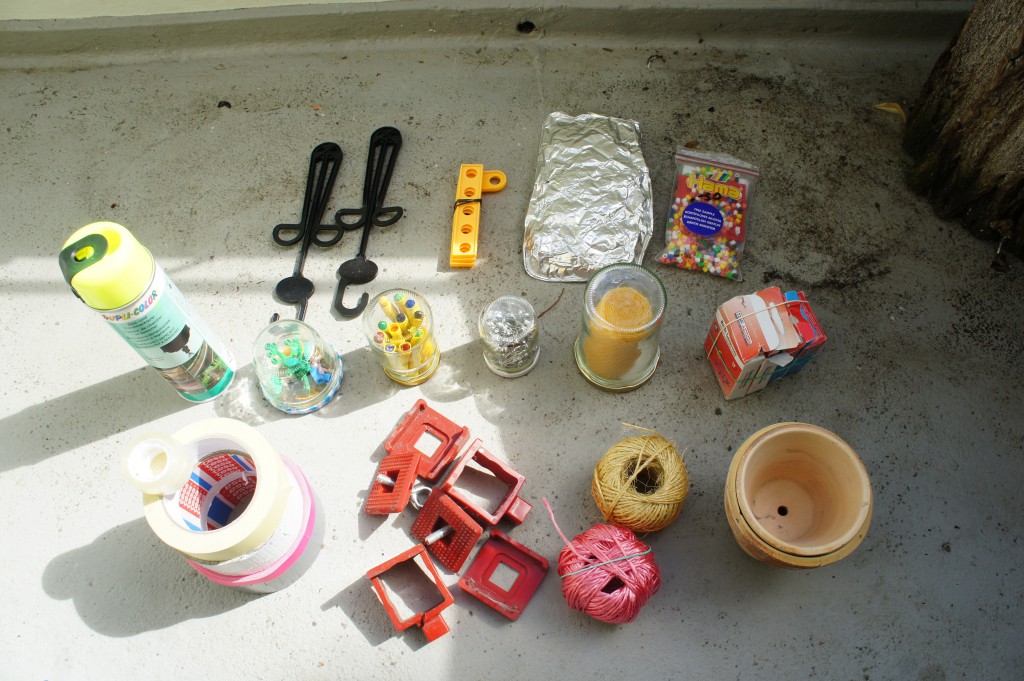
EN: First Row (Upper One): (1) Shoe Hanger, (3) Aluminum from food package, (4) Hama Pearls
Second Row: (1) Marking Spray – see below, (2) Small Lego parts, (3) Wax pens, (4) Paper clips & safety pins, (5) Bee wax – very good, works like modeling clay, becomes really hard if you leave it alone but if you work it a while it becomes really shapeable (6) Chalk
Third Row: (1) Tape – all kinds of tape, i am not too keen to use it, because it does not really fit into the ecological and circular set of questions of this project, but let’s see. (2) ?? – don’t know the name, someone gave this to me a while ago. It is something used for temporary street signs. Like in this image (upper part) here for example. (3) cord/strings i bought a while ago for the Berlin-Rats project (4) clay pots
Leave-Tablets
Material & Tool / Material & Werkzeug
EN: Pavlik Elf gave me these at the Sense-Camp before the OSCEdays session. These are compostable dishes. Made from banana-leaves by a Berlin based company called leef. I use them as tablets when i work with smaller parts (see image below) and maybe some day as material.
DE: Elf hat mir diese Teller/Tabletts auf dem Sense-Camp kurz vor der OSCEdays session gegeben. Es sind kompostierbare Teller, hergestellt aus Bananen-Blättern von einem in Berlin ansässigen Unternehmen namens leef. Ich nutze sie als Tabletts für die Arbeit mit kleinen Teilen (Bild unten) und vielleicht auch mal als Material.
Marking Spray / Sprühkreide
highlight something!
EN: Marking Spray is an awesome tool for his project because it lasts only for some weeks and washes away after a while – no long lasting violation. We used it for example to highlight open accessible screws. That is somehow exactly how Marking Spray is originally used: temporarily highlight things, make (construction) properties of things visible that are usually hidden. But is Marking Spray circular, ecological or super toxic? I could not find any information about that online. But i don’t expect good things :-/ But some is sold to kids! Therefor it probably meets some legal obligations when it comes to toxines etc.
DE: Sprühkreide ist für dieses Projekt ein großartiges Werkzeug, weil die Farbe nach einer Weile wieder verschwindet – es gibt keine langfristigen Beschädigungen. Wir haben es genutzt z.B. für das Hervorheben von Schrauben. Und das ist irgendwie auch genau, wie dieses Spray regulär genutzt wird: Zum Hervorheben von eigentlich verborgenen (Konstruktions-)Eigenschaften. Aber ist die Kreide auch zirkulär bzw. ökologisch oder super-giftig? Darüber waren online keine Informationen zu finden. Aber ich erwarte prinzipiell erstmal nichts so gutes :-/. Aber Sprühkreide wird auch für Kinder hergestellt, deshalb könnte es strengere gesetzliche Auflagen geben, was die Bestandteile betrifft…
wrap it up
Toolbox Case
box it up
EN: Here you can have a look at the Toolbox. I use different wooden boxes and put them on a little wagon so i can stroll with it through the streets.
DE: Hier ein Blick auf die Toolbox. Sie besteht aus mehreren stapelbaren Holzkisten und einem kleinen Wagen, damit man damit durch die Straßen ziehen kann.
EN: I use glases to seperate the smaller parts. And put them upside down. So i can have everything in sight while developing stuff. When i start to build something i empty the glasses on to the tablets. It is easier to find the right screw at the right time that way.
DE: Ich benutze Gläser um Kleinteile aufzubewahren und stelle sie auf den Kopf. So kann ich alles im Blick behalten, wenn ich neue Sachen entwickele. Beim Bauen nutze ich die Tablets, um leichter Einzelteile rausgreifen zu können.
